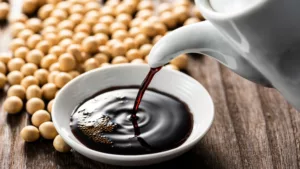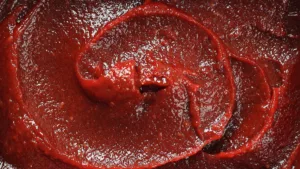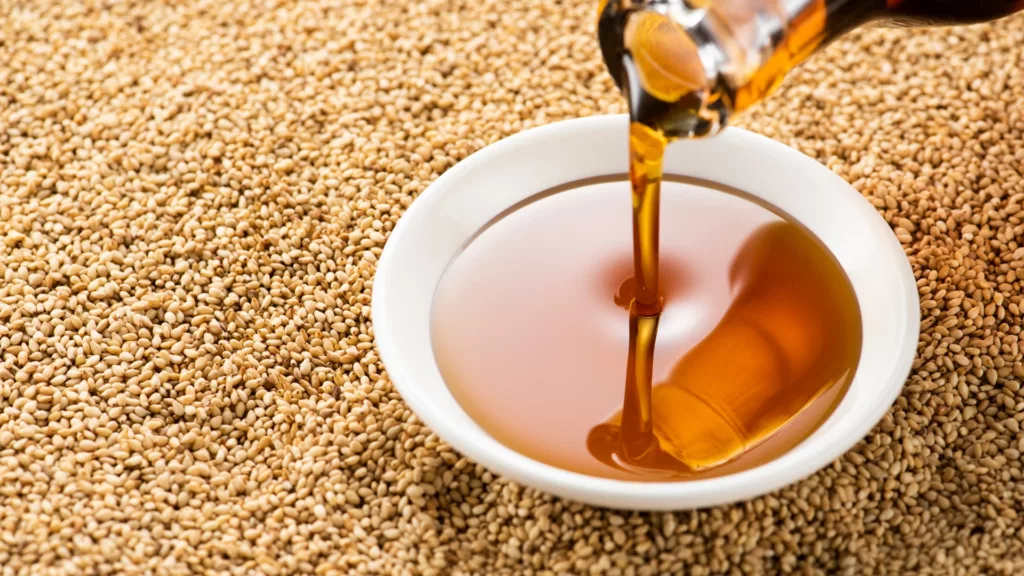Korean cuisine is noted for its delectable flavors, which are created via the expert use of a wide range of ingredients. Korean culinary ingredients, from the savory umami of soy sauce to the scorching heat of gochujang, play an important role in producing the distinct and lively flavor of Korean foods. In this blog article, we will look into the significance and adaptability of two fundamental ingredients in Korean cooking: soy sauce and gochujang.
Soy Sauce: The Umami Booster

Soy sauce is one of the most important components in Korean cooking. This dark brown, flavorful liquid, known as “ganjang,” is prepared from fermented soybeans, salt, and water. Soy sauce enhances the flavor qualities of many Korean meals by adding depth and richness.
Soy sauce comes in two varieties in Korean cooking: Jin Ganjang (dark soy sauce) and Guk Ganjang (light soy sauce). Jin Ganjang is matured for a longer amount of time and has a more strong flavor, whilst Guk Ganjang is naturally brewed for a shorter period of time and has a gentler taste. Both provide an umami punch that enhances the overall flavor of diverse foods.
Gochujang: The Spicy Flavor Explosion

Without mentioning gochujang, no discussion on Korean cooking ingredients would be complete. Red chili powder, Malt syrup, Meju powder, glutinous rice powder, and salt are combined to make this fiery red chili paste. Gochujang has become a staple in Korean cuisine due to its unique combination of spice, sweetness, and umami.
The ganjang and gochujang are fermented in traditional earthenware jars called “jangdok” for several months to several years.
The length of fermentation can vary depending on the desired flavor profile. Shorter fermentation periods retain a milder taste, while longer fermentations develop deeper, spicier flavors. The final product is a thick, spicy paste with a deep red color and a perfect balance of heat, sweetness, and umami.
Gochujang is valued for its health advantages in addition to its exquisite flavor profile. It contains capsaicin, a substance recognized for its anti-inflammatory and metabolism-boosting qualities.
Soy sauce and gochujang are two essential components in Korean cooking, adding depth, complexity, and a blast of flavor to a wide variety of foods. Whether you want to add umami richness or scorching heat to your dishes, combining these authentic Korean ingredients will transport your taste senses to the colorful streets of Seoul. So, when you embark on your culinary journey of Korean food, don’t be afraid to embrace the savory charm of soy sauce and the fiery magic of gochujang.



